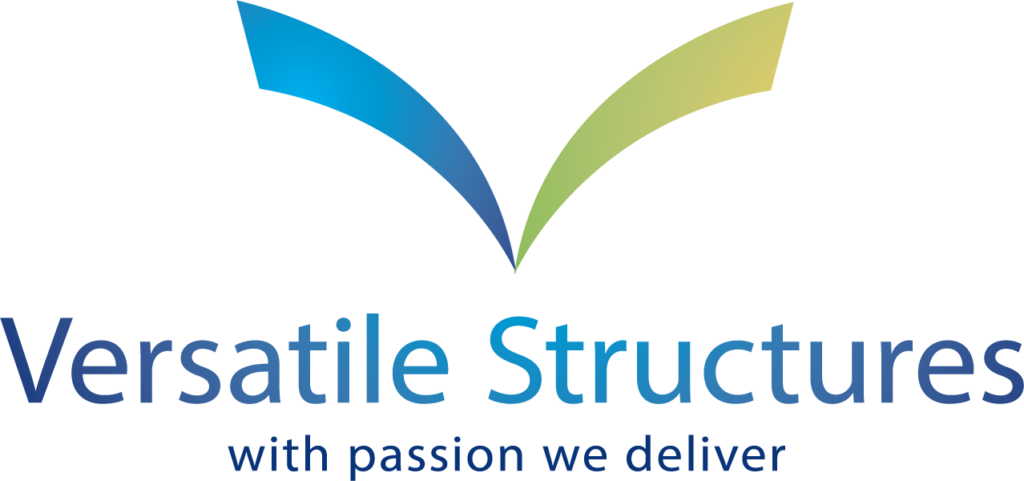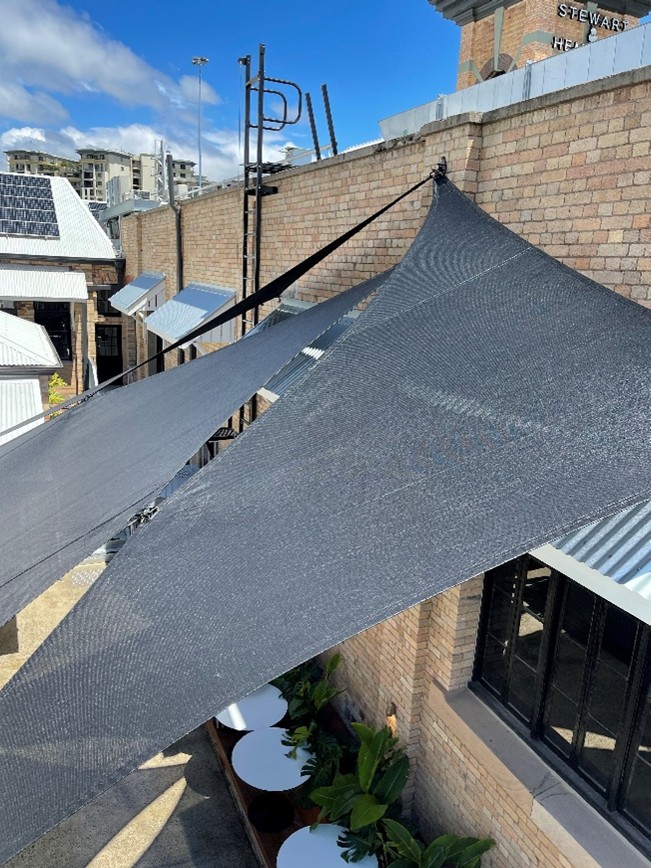In the competitive landscape of Australian commerce, every square meter of property must contribute to the bottom line. Shade structures are no longer passive assets; they are active tools for risk management, revenue generation, and sustained operational efficiency. Modern canopies, fabric structures, and roofing systems represent a fusion of advanced material science, rigorous structural engineering, and smart long-term investment strategy, moving far beyond their original purpose of simple UV protection.
At Versatile Structures, we understand that exceptional Commercial Shade Structures deliver exceptional operational value. This deep dive explores three critical, yet often under-discussed, areas where modern structure design is truly innovating for the commercial sector: maximizing revenue through thermally regulated outdoor space, managing risk through engineering excellence, and controlling Total Cost of Ownership (TCO) through proactive maintenance.
1. Maximizing Revenue: How Insulated Panel Roofing Transforms Commercial Alfresco Areas
For commercial operators, particularly those in hospitality, retail, and education, unused space is wasted revenue. The goal is to maximize seating, display, or learning areas regardless of extreme Australian weather. This operational challenge is being solved by sophisticated Insulated Panel Roofing systems.
Unlike standard metal sheeting or polycarbonate, which can create stifling heat traps, insulated panels feature a core of high-density foam sandwiched between two durable layers. The primary benefit is dramatic thermal regulation: by significantly reducing heat transfer, the panels keep the space underneath substantially cooler in summer, turning a sun-drenched, unusable patio into a comfortable, ambient dining or waiting area. Conversely, the insulation helps retain residual warmth during cooler seasons, extending the usability of the outdoor area through autumn and winter.
For a business looking to truly elevate your outdoor space, this technology provides a comprehensive solution for increasing capacity and improving customer experience. It allows for the easy integration of lighting, ceiling fans, and other amenities directly into the panel system without compromising structural integrity or insulation value. This investment immediately and measurably boosts revenue by:
- Increasing Year-Round Seating Capacity: Converting a seasonal patio into an all-weather, high-value alfresco dining space.
- Improving Customer Comfort: Reducing noise from rain and mitigating heat, leading to longer stays and higher spend per customer.
- Maintaining Professional Aesthetics: Providing a clean, smooth ceiling finish that enhances the overall brand and feel of the business.
By choosing high-quality insulated systems, commercial operators ensure a durable, quiet, and thermally efficient solution, marking a decisive move from basic protection to sophisticated, year-round revenue generation.
2. Risk Management: Designing Fabric Structures for Category 5 Cyclone Resilience
In regions prone to severe weather events—particularly across the coastline and in the sub-tropical zones of Australia—a shade structure’s design is a matter of critical risk management and mandatory regulatory compliance. For large commercial properties, schools, or public assets, the engineering challenge shifts from simple shading to sophisticated structural defense capable of coping with the immense uplift and pressure exerted by Category 5 Cyclone Winds and torrential rain.
This challenge is stringently guided by adherence to Australian Standards (AS/NZS), which dictate everything from wind-loading calculations to material and installation specifications. For large-scale projects, such as covering major transport hub facilities, logistics depots, or expansive car park shade structures, the design process is an exhaustive exercise in load management. The structure must not only withstand the downward pressure but also, more critically, the powerful suction force that attempts to lift the fabric and tear the entire structure from its footings.
A truly Durable Shade Structure starts with Engineering Excellence at its core. This means using deep, robust concrete footings, high-tensile steel frames, and meticulously calculated cable tensioning systems. The fabric itself, whether high-grade PVC or high-density polyethylene, must resist UV degradation while handling extreme dynamic loading. Every connection point is calculated and specified to prevent catastrophic failure, ensuring the safety of employees, customers, and valuable inventory underneath.
The commitment to this level of Brisbane-based engineering ensures that a large fabric installation remains safe, operational, and fully compliant for its entire lifecycle. It is an investment in resilience that protects against the financial calamity of structural failure, liability claims, and business interruption, separating high-quality, certified commercial structures from cheaper, high-risk alternatives.
3. Cost Control: Preventative Maintenance for Total Asset Lifecycle Value
For asset managers and property owners, the initial cost of a structure is only one component of the Total Cost of Ownership (TCO). The most financially intelligent commercial operators understand that true value is found in the longevity and sustained performance of the asset, which hinges on proactive Preventative Maintenance.
Neglecting large commercial assets, such as extensive Waterproof Fabric Structures or a fleet of high-end Commercial Umbrellas, leads to inevitable, costly, and sudden failures. This reactive approach results in expensive emergency repairs, business downtime, and premature replacement long before the structure’s expected lifespan is reached.
A structured maintenance plan, however, is a proactive measure that delivers a profound long-term ROI. A 5-Year Cost-Benefit Analysis consistently reveals substantial financial savings realized through scheduled care:
| Action (Preventative Maintenance) | Cost Saving/Benefit (Avoids Reactive Failure) |
| Re-tensioning Fabric | Prevents fabric flapping, abrasion, and premature tearing. |
| Hardware Inspection | Detects rust and fatigue in cables, clamps, and fittings, avoiding catastrophic failure. |
| Specialized Cleaning | Removes corrosive environmental buildup, extending fabric life by up to 50%. |
| Water Integrity Checks | Ensures Waterproof Fabric Structures remain sealed, protecting assets and preventing water damage claims. |
By investing a small, predictable annual fee in Preventative Maintenance, businesses mitigate the enormous, unexpected cost of structural failure, solidifying the structure’s role as a reliable, long-term business asset.

